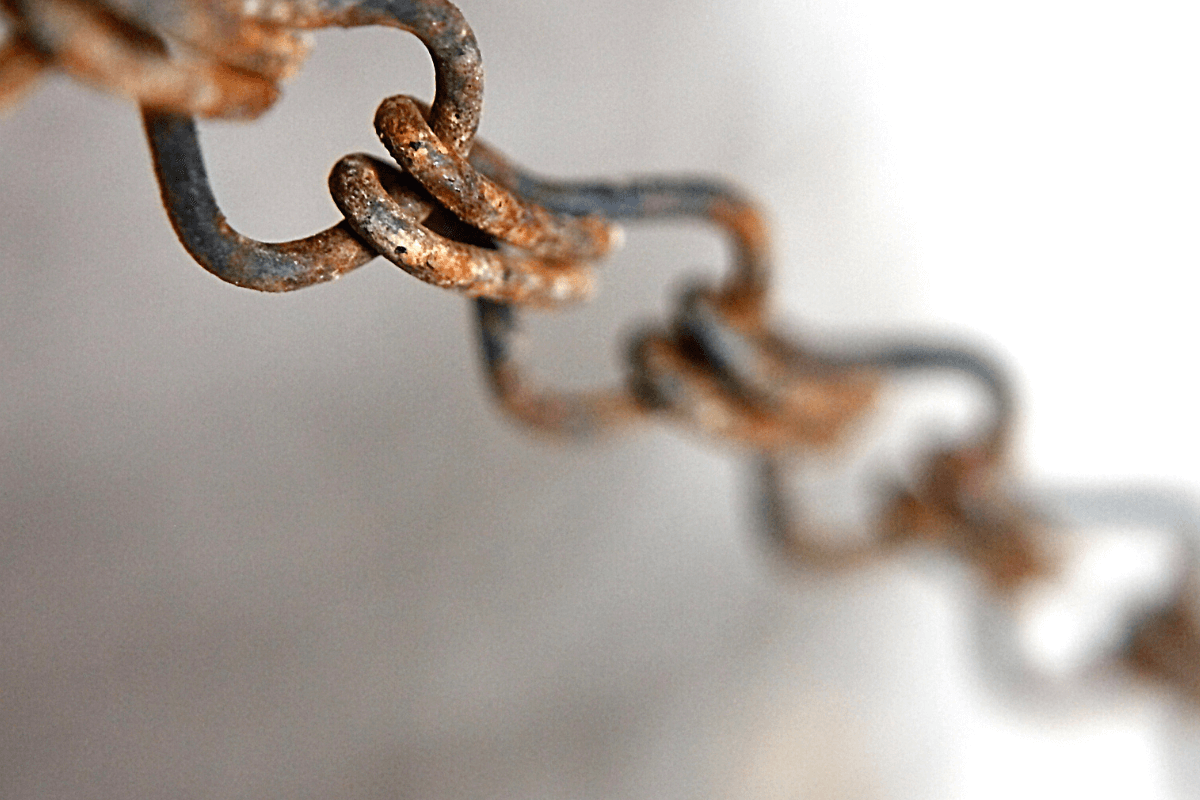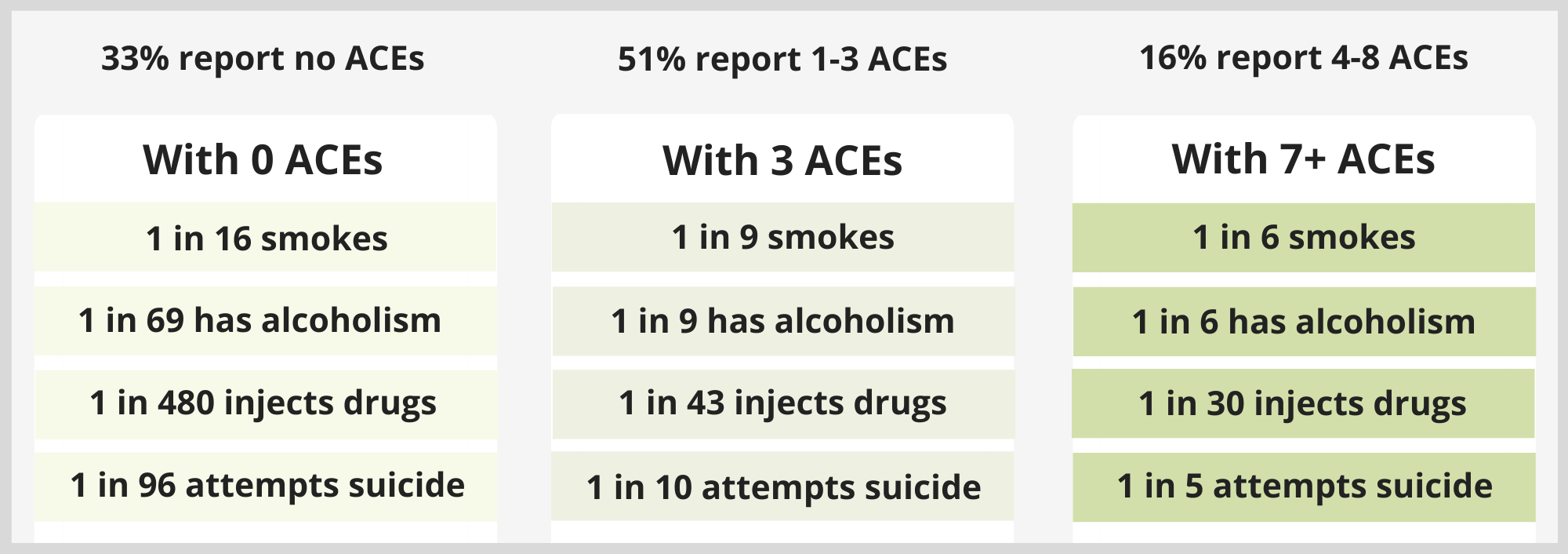The Link Between Suicide and Childhood Trauma
Every 40 seconds, someone loses their life to suicide.
There is profound hopelessness for all who contemplate ending their lives. That despair is even greater for those who do take their own life. And then there is the pain for those they leave behind. We need to find ways to support anyone touched by the anguish of suicide. Let's work together to find a more informed and compassionate understanding of what leads someone to such a desperate place.
The World Federation for Mental Health has invited everyone to participate by taking "40 seconds of action" to raise awareness of the scale of suicide worldwide and the role each of us can play in preventing it. My contribution is talking about the link between childhood trauma and suicide.
The Childhood Trauma and Suicide Link
The Adverse Childhood Experience Study (ACE Study) is a vital study that shows the clear link between trauma and addiction. In the 1990s, Vincent Felitti and Robert Anda spearheaded a ground-breaking survey of over 17000 participants that looked at the association between adverse childhood experiences and the health or social problems they experienced as an adult.
The researchers began by identifying ten specific categories of common childhood trauma that included physical, emotional, and sexual abuse, physical and emotional neglect, and family challenges, including parental separation, addiction, mental illness, violence, or incarceration.
Next, adult participants were asked how often they experienced these types of trauma in their childhood. Then, they were asked to identify the physical and mental health concerns they had as adults.
The information they gathered from this extensive survey provides a clear picture of childhood trauma’s negative impacts, including the significant connection to the risk of suicide.
This study shows that adverse childhood experiences are vastly more common than previously thought. And these adverse experiences have a consequential and cumulative negative impact on adult health. For example, participants who suffered more childhood trauma reported increased rates of depression, substance misuse, unhealthy coping behaviours, physical health concerns, and suicide attempts.
Following the ACEs Study, research has continued to connect early childhood trauma and challenges experienced in adulthood. This knowledge has transformed our understanding of the relationship between ACEs and struggles throughout life.
Martie Thompson and her team of researchers have recently published an article examining the specific connection between adverse childhood experiences (ACEs) and suicidal behaviours in adulthood. What they demonstrate in their research is crucial to suicide prevention. Here is a big takeaway from this research:
Adverse childhood experiences increase the risk of suicidal ideation and suicide attempts.
Here are some of the stats that research demonstrates:
Compared to those with no ACEs, the risk of seriously considering suicide or attempting suicide as an adult is three times higher among those who experience three or more categories outlined in the ACE Study. Thompson et al., 2018
People who reported experiencing physical, sexual, or emotional abuse were three to five times more likely to attempt suicide at some point in their lives. Thompson et al., 2018
The risk of a suicide attempt is 30 times higher for adults with an ACE score of 7 or more. That same number of ACEs increases the risk of suicide by 51 times when someone is still an adolescent. Dube et al., 2001
And this additional statistic should make us pay attention to the impact that trauma has on the experience of hopelessness and despair about living:
Almost two-thirds (64%) of suicide attempts among adults were attributable to adverse childhood experiences. And 80% of suicide attempts during childhood or adolescence were attributed to ACEs. Stevens, 2013
The Childhood Trauma, Substance Misuse, and Suicide Link
It is also vital to connect the dots between substance use disorders, trauma, and suicide. The ACE Study also makes a strong correlation between early childhood trauma and the use of mood-altering substances, likely as a way to cope with the challenges that trauma brings.
The association between ACEs and later substance misuse show some very significant correlations. Felitti & Anda, 2009
For people who had experienced 4 or more ACEs when compared to someone with an ACE score of 0:
They are 7 times more likely to have an Alcohol Use Disorder
They are 10 times more likely to have injected drugs
This graph highlights some telling comparisons:
Here's the bottom line: if we want to prevent suicide, we need to do more to address adverse childhood experiences. That means more support for families who are going through difficult things. That means more therapeutic help for children and teens who have had traumatic experiences. That means educating people about the connection between early childhood trauma and the despair and hopelessness that leads to suicidal behaviours. It also means we need to get more help for self-medicating the pain of early trauma with alcohol and other drugs.
Suicide prevention means more support for children, teens, and adults who have experienced childhood trauma.
40 Seconds of Action
We all need to take the time to address this crucial issue. We all need to find ways to be involved in our own “40 seconds of action”. You’ve already taken time to read through this article – thank you!
And here are additional ways to take even more action for suicide prevention.
Reach out to someone struggling to let them know they are not alone. Learn how to offer safe, non-judgmental support.
Have a conversation that helps reduce the stigma associated with suicide.
Offer support to those who have lost a loved one to suicide.
Take steps to increase awareness of the significance of suicide as a global concern.
Learn more about what can we all can do to do prevent suicide.
Share information about suicide prevention on your own social media platform.
Share this post to raise awareness of the connection between early childhood trauma and suicide.
Hope and healing exist - even for people who feel such profound despair.
Looking for tools that can bring healing?
Check out Recovery Happens. This informative course explores pathways for healing trauma and addiction.



